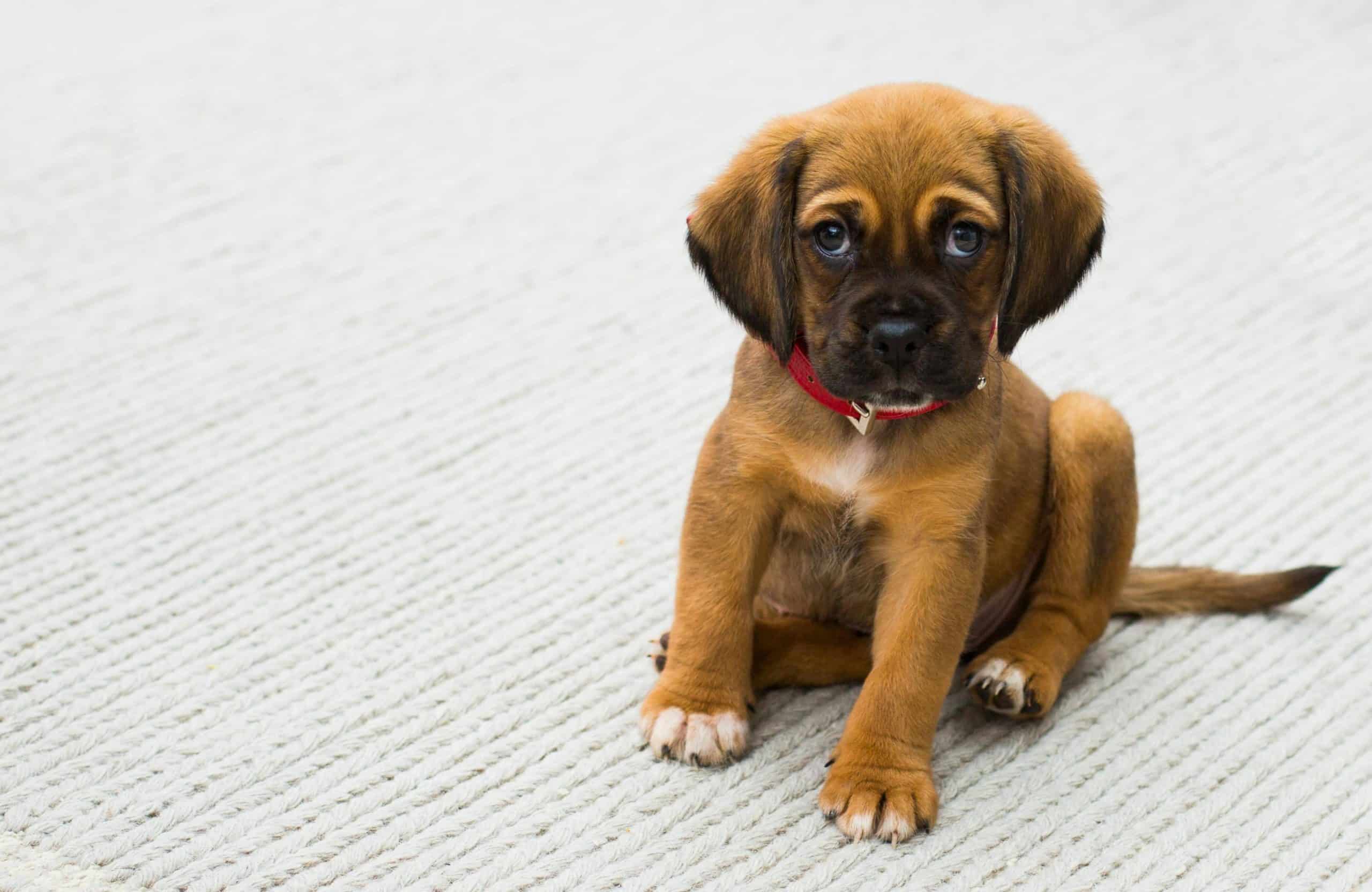How to Choose the Correct Size and Type of Collar for Your Growing Puppy?

Choosing the right size and type of collar for your growing puppy is crucial for their comfort and safety. The collar is not only a fashion accessory, but it also holds your pet’s identification, connects to the leash for walks, and can even aid in training. However, with an array of styles, materials, and sizes available, making the right choice can be a real head-scratcher. This article will guide you through the process of selecting the perfect dog collar that ensures a good fit, suits your dog’s size, and meets their training needs.
Understanding the Importance of Choosing the Right Collar
Before we dive into the nitty-gritty of how to measure your dog’s neck for a collar, it’s essential to understand why choosing the right one is so critical. A collar that’s too tight can cause discomfort or even injury, while one that’s too loose can slip off your pup’s head, posing a risk of them getting lost.
Lire également : Can Guinea Pigs Learn Tricks, and What Are Some Simple Ones to Start With?
When it comes to puppies, keep in mind that they grow quickly. Therefore, you’ll need to adjust the collar size regularly and possibly even buy several collars as your pup grows into adulthood. A good rule of thumb is to ensure that you can comfortably slip two fingers between your dog’s neck and the collar.
Beyond fit and size, the type of collar also matters. Different collar types serve various purposes – some are better suited for training, while others might be more comfortable for everyday wear. Knowing your dog’s needs will help you choose the best collar type for them.
Sujet a lire : What Are the Best Types of Interactive Feeders for Slow Feeding Your Dog?
Measuring Your Puppy’s Neck for a Perfect Fit
Measuring your puppy’s neck correctly is the first step to ensure a well-fitting collar. If the collar is too tight, it can cause discomfort or injury, and if it’s too loose, your puppy can easily slip out of it. Here’s how to do it:
You will need a flexible tape measure. If you don’t have one, you can use a piece of string or ribbon and then measure it against a ruler. Carefully wrap the tape measure around the middle of your dog’s neck where the collar typically sits. Make sure it’s not too tight or too loose. The measurement you get is the collar size for your dog.
However, the collar size can change as your puppy grows. You must regularly check the collar’s fit and adjust it as necessary. You should be able to comfortably fit two fingers between your dog’s collar and their neck.
Picking the Right Collar for Your Puppy’s Size and Breed
While you might be tempted to buy a larger collar to accommodate your puppy’s growth, it’s important that the collar fits properly at each stage of their development. Large or heavy collars risk injuring your puppy’s growing neck or could be easy for them to slip out of.
When selecting a collar, consider your puppy’s breed and anticipated size as an adult. Smaller breeds will benefit from a lightweight, narrower collar, while larger breeds may need a heavier, wider collar.
The material of the collar also plays a significant role. Nylon and fabric collars are generally more comfortable and lighter, making them a good choice for puppies. As your dog grows, you may want to consider more robust materials like leather.
Choosing Between a Collar and a Harness
For some dogs, a harness may be a more suitable option than a collar. Harnesses provide better control, which is beneficial for puppies still in training or dogs that pull on the leash. They also put less strain on the neck, which can be beneficial for small breeds or dogs with health issues.
However, a harness is not a replacement for a collar. Collars carry essential identification information and are generally more comfortable for dogs to wear all the time. A harness, on the other hand, is only worn during walks or training sessions.
Selecting the Best Collar for Training
If your puppy is still in the training phase, you might want to consider a training collar. These collars, also known as ‘choke chains’ or ‘prong collars’, tighten around the dog’s neck when they pull on the leash, discouraging this behavior.
While these collars can be effective training tools, they should be used cautiously. Improper use can harm your puppy. It’s recommended to seek advice from a professional dog trainer before using these types of collars to ensure they’re the right choice for your puppy and that you’re using them correctly.
In conclusion, picking the right collar for your growing puppy involves several factors, including size, fit, type, and purpose. By taking the time to measure your dog’s neck correctly, considering their breed and size, and understanding the different collar types and their uses, you can ensure that you choose a collar that is both safe and comfortable for your puppy.
Ensuring Regular Adjustment and Safety
As your puppy grows, regular checks and adjustments of their collar are vital to ensure their comfort and safety. It’s advisable to measure your dog’s neck every couple of weeks, particularly for faster-growing breeds. Ignoring this could lead to a collar that becomes too tight, causing discomfort, harm, or even respiratory issues for your pet.
Keep in mind that as your puppy grows, the weight and strength they carry will also increase. Therefore, the collar you choose must be capable of withstanding these changes, especially if your pet is from a larger breed. Using a breakaway collar can be a good option here. These collars are designed to open if the collar gets stuck, preventing choking or injury.
Consider the collar’s buckle type too. Many dog owners prefer a quick-release buckle for its convenience; however, they can be easier for a dog to escape from, especially if they’re a breed known for their ‘Houdini’ tendencies. On the other hand, a traditional buckle might be a more secure option, but it could be more time-consuming to put on and take off.
When it comes to materials, nylon and fabric are popular choices for puppy collars as they are lightweight and less likely to irritate your puppy’s skin. As your pet grows, you might want to explore sturdier materials like leather or metal, particularly for large breeds or dogs who pull on the leash.
Conclusion: The Perfect Collar for Your Growing Puppy
Choosing the perfect collar for your growing puppy might seem like a daunting task, but by following the guidance provided, you can make an informed decision that ensures the safety and comfort of your pet. From accurately measuring your dog’s neck size, considering the collar’s fit and material, understanding the necessity of regular adjustments, to picking the right collar for your puppy’s breed and size – every step is crucial in this process.
Remember, the collar isn’t just a fashion statement but a valuable tool for identification, training, and the overall wellbeing of your pet. A well-fitted, suitable collar will make walks and training sessions enjoyable experiences for both you and your puppy.
Lastly, always keep in mind that the collar you choose must be appropriate for your dog’s growth stage and lifestyle. Observing your dog’s behavior with their collar will also help you understand their comfort level and adjust things accordingly. After all, the ultimate goal is to ensure that your puppy is happy, safe, and comfortable as they grow into a healthy and well-behaved adult dog. It might take a few tries to find the perfect collar, but the effort you put into this process will certainly pay off in the end.
